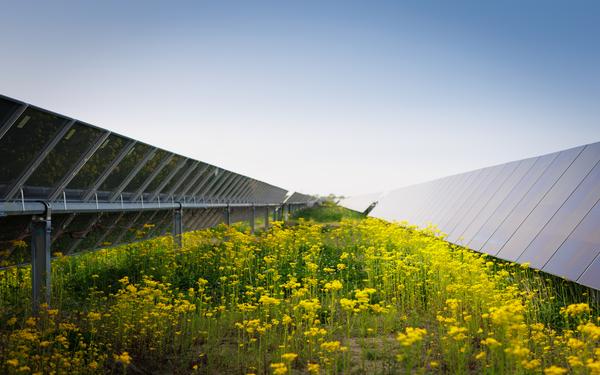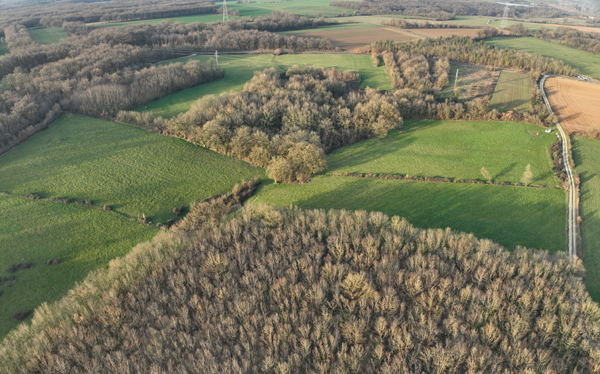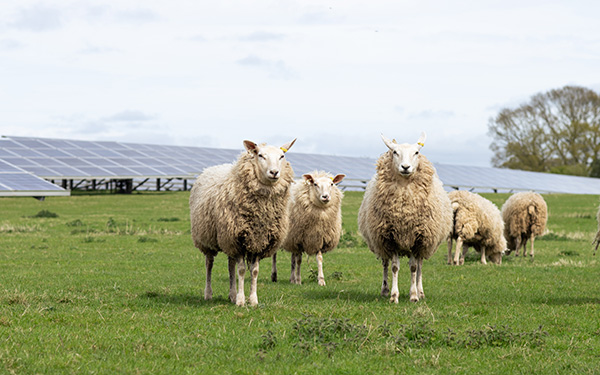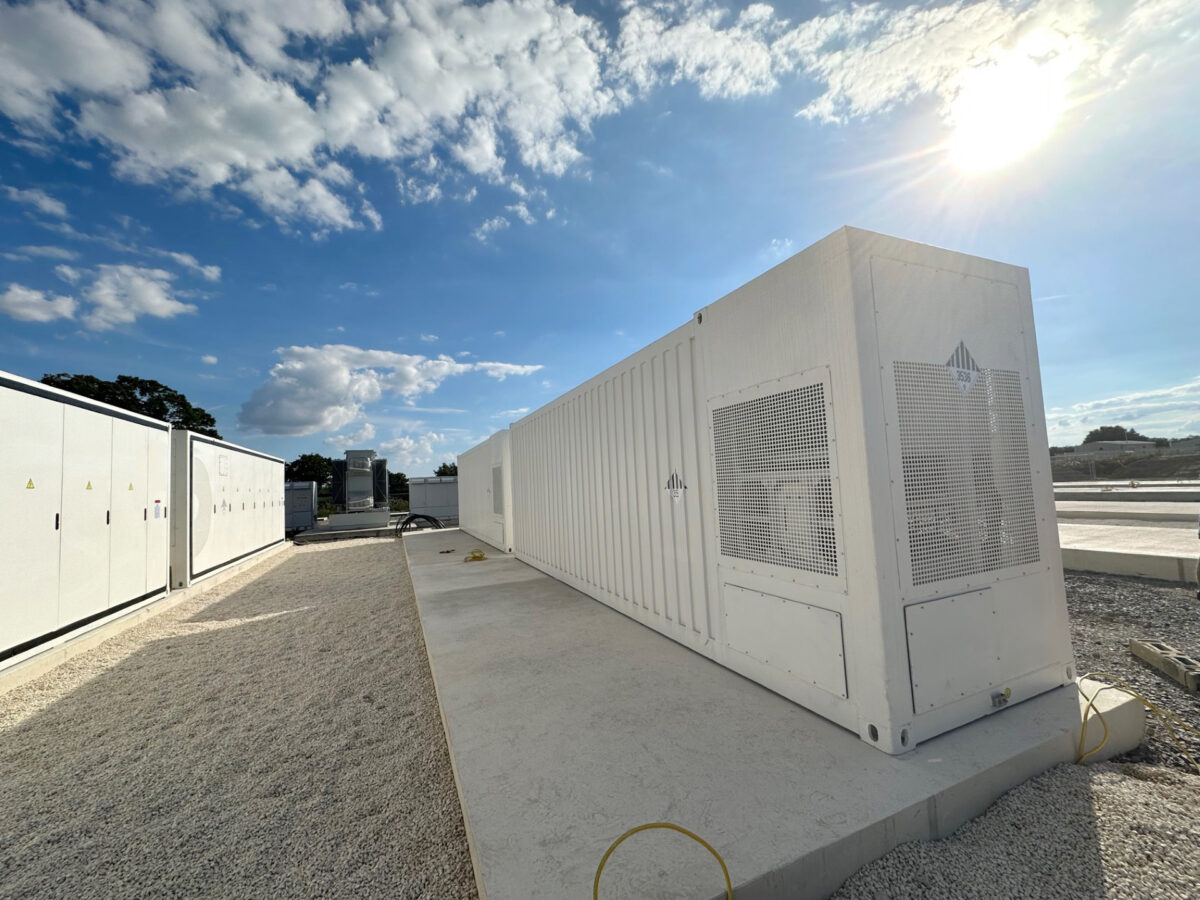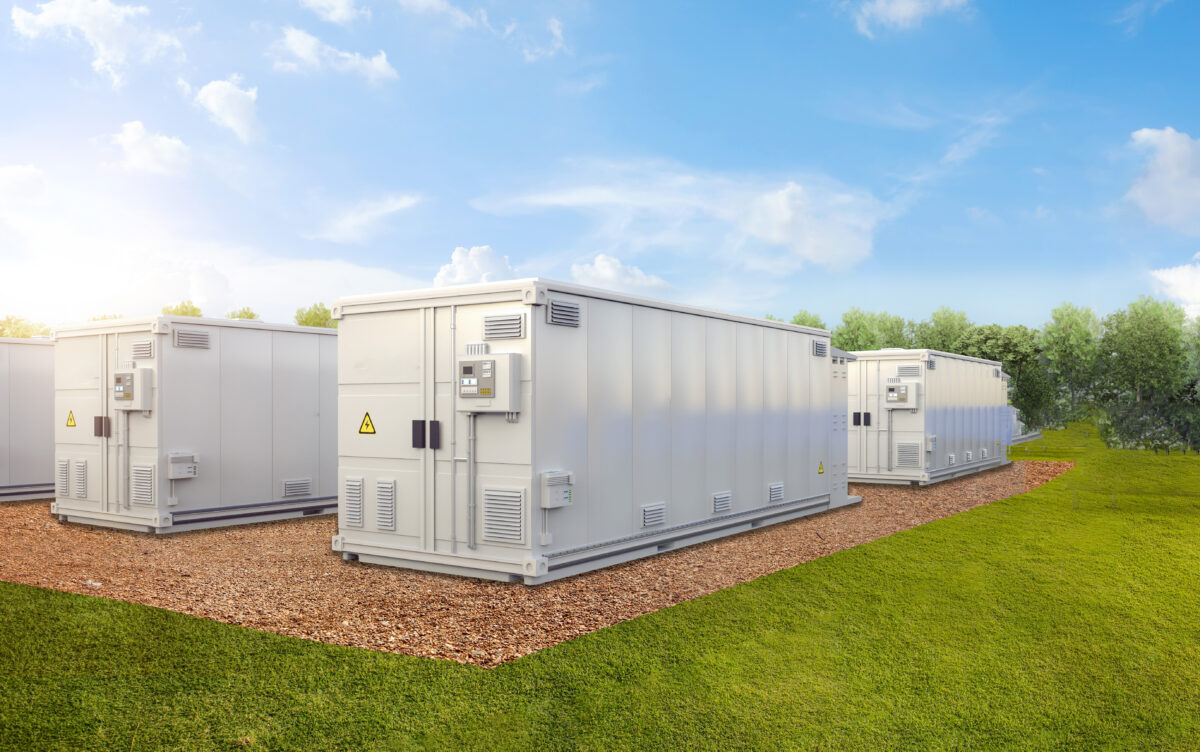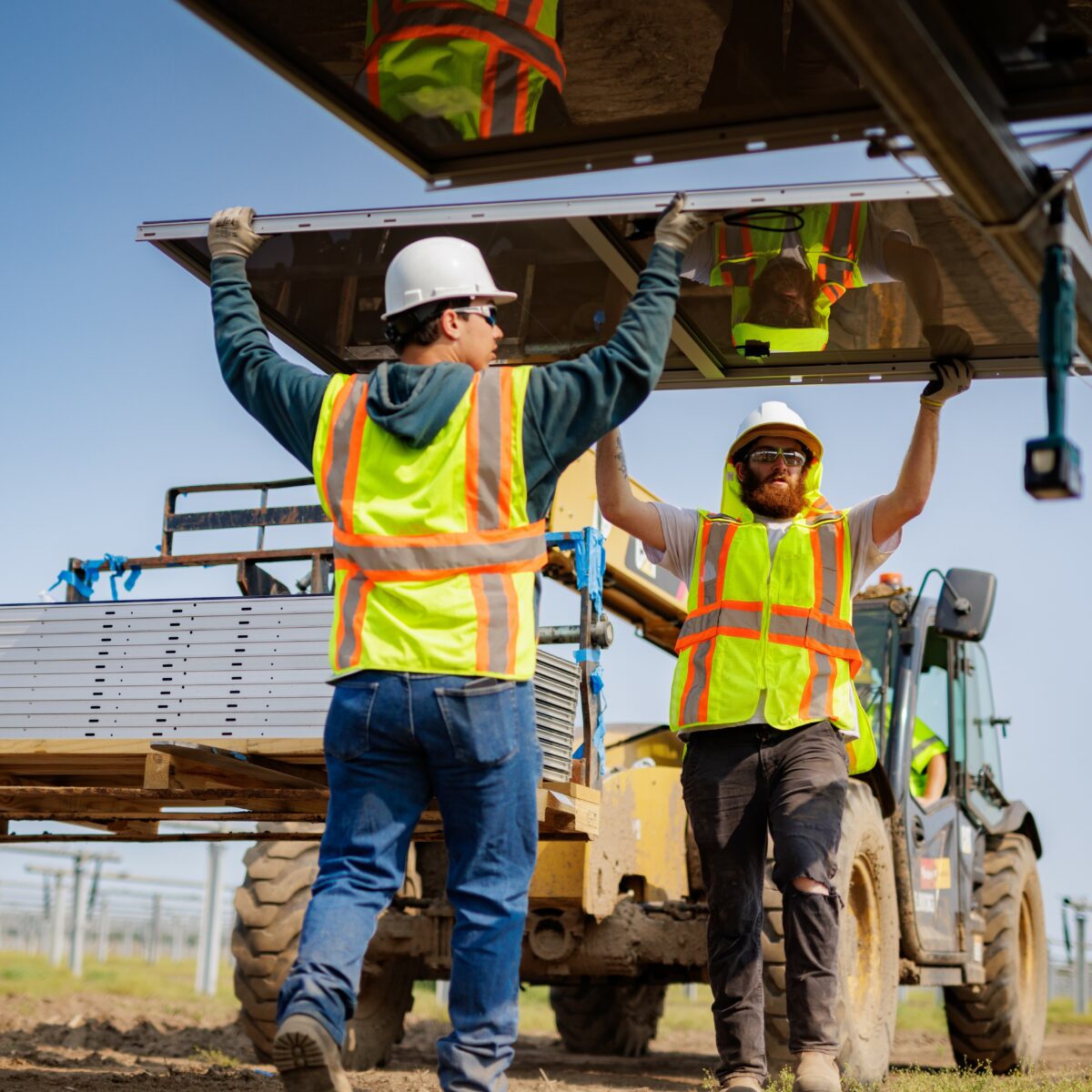Honeysuckle Solar FAQs
We’ve received lots of interest in our Bellflower solar project, so we’ve put together a list of the most commonly asked questions, and their answers:
How safe is a solar farm?
A solar project is about as safe as a facility can be. There are no air or chemical emissions from the solar farm. The power will leave the solar project on lines just like the power lines in your neighborhood.
Is it a concern that we’re losing farmland to solar?
Urban sprawl and rural subdividing are the primary contributors to loss of farm ground here in America. Solar energy temporarily sets aside farm ground and protects it from permanent loss.
Can the land be returned to agriculture?
At the end of the project, the installation will be dismantled, completely removed and recycled. Your farmer neighbors will be able to return to row crop agriculture or pursue the type of agricultural practice that best suits their farm needs at the time.
Are solar farms noisy?
Solar projects are quiet neighbors. Any sound from the solar projects will be limited to inverters and a transformer which cannot be heard past the project boundaries.
Is glare an issue?
Solar panels are designed to absorb, not reflect, sunlight and reflect less light than glass or water. Regardless, when required by the FAA, a study will be completed to confirm that there will be no issues.
What kind of technology do solar projects use?
Solar projects use conventional solar panels just like those installed on the roofs of homes and businesses. The technology has been around for decades.
What are solar panels made of?
Solar panels are mostly glass, aluminum, silicon (refined sand) and semi-conducting material. The glass is designed to withstand hail and is tempered, like the windshields of cars, and consequently is resistant to breakage.
Are solar projects safe for birds?
For our solar projects, we’re using solar photovoltaic, or PV, panels. This technology is designed to absorb as sunlight in order to generate electricity. Solar PV technology will not harm birds. In fact, we have seen bird habitats increase at our solar projects because once they’re built, they are undisturbed for many years.
Will solar panels end up in a landfill in my area?
No – Solar panels used at our solar projects pass rigorous testing to prove they are non-hazardous under federal law and could be disposed of in regular landfills just like household garbage. However, Lightsouce bp is committed to recycling all solar panels for our solar projects in the U.S. – that includes any panels damaged during construction, operations, and all panels at the end of life/decommissioning.
How are the panels kept clean?
Generally, rainfall helps to keep the panels free of dust and dirt.
Will a solar project cause traffic disruption?
Once a solar project is in place it requires minimal maintenance vehicles, which would cause no traffic disruption. While solar projects are being constructed, a traffic management plan will be put in place.
Who is paying for the installation of the solar system?
Lightsource bp is leasing the land from local residents and will finance, build, own, operate and maintain the solar projects with private capital. The project is not being funded by Indiana residents.
Do solar projects have any permanent lighting?
There is virtually no permanent lighting at a solar farm. Motion-activated and down-ward facing lights are located only at gates and at some equipment.
Are solar panels hazardous to the environment and our health?
Lightsource bp requires solar panels to pass testing regulated by the Environmental Protection Agency (EPA) to ensure they are not hazardous to people or the environment. It’s a part of our equipment supplier contract obligations, and we will not buy solar panels from any manufacturers who have not passed this testing.
Will the land be properly maintained?
During the operational life of the project, Lightsource bp will have an annual operations budget to maintain the facility and the land. As a long-term owner and operator of the project, we have a significant financial interest to maintain maximum energy production, which involves keeping the vegetation tidy to keep it from interfering with the trackers or shading the panels.


